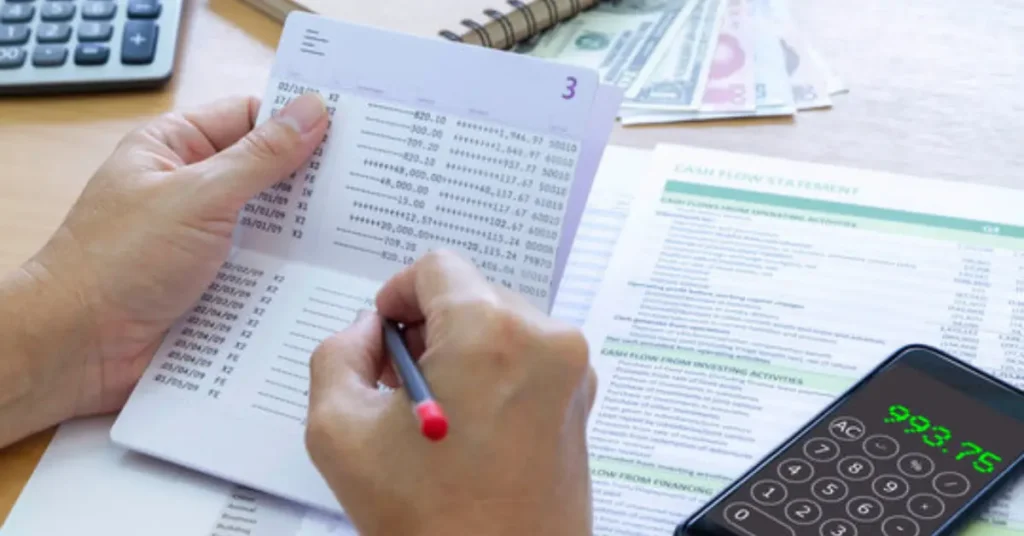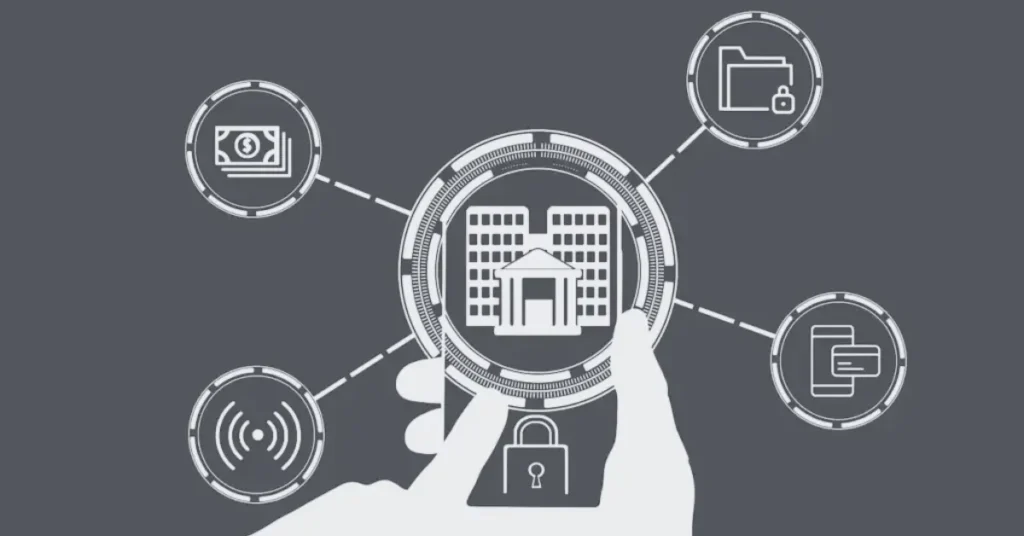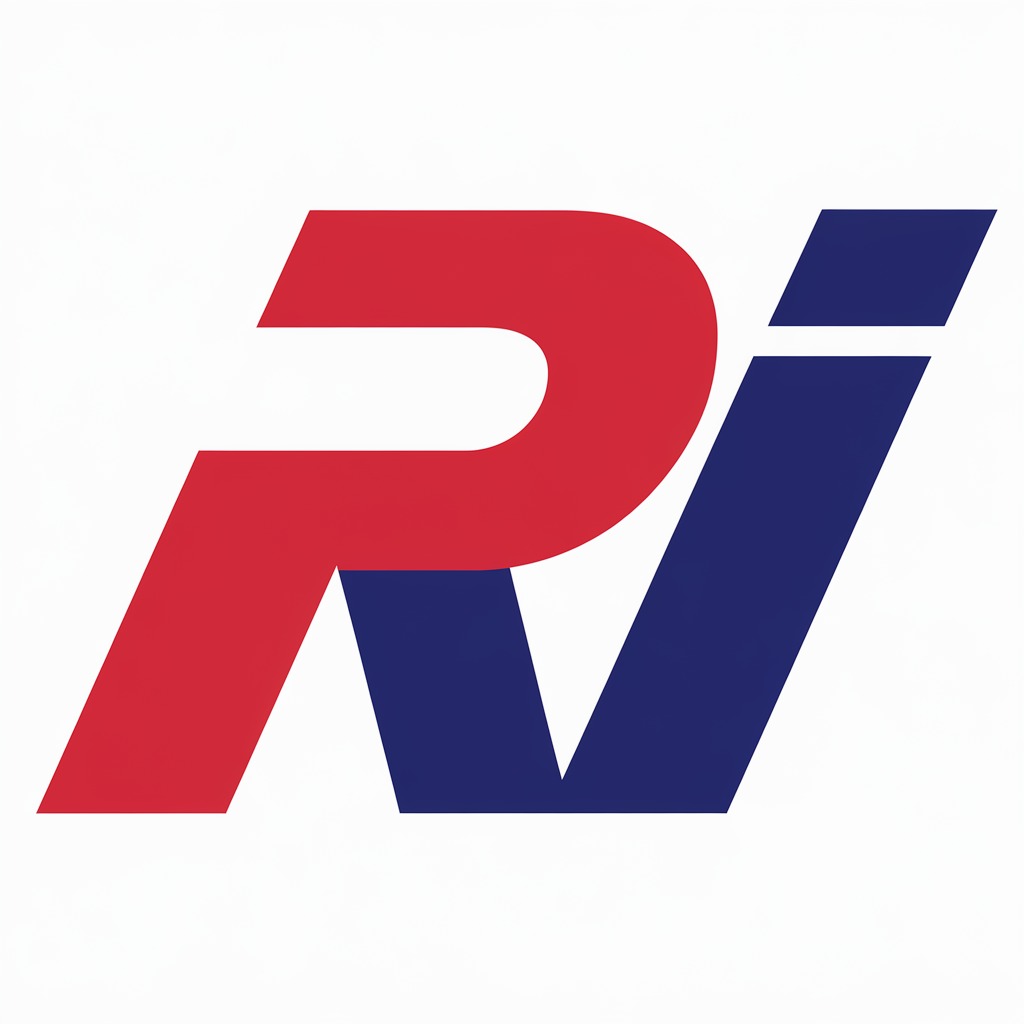Have you ever noticed a charge labeled WUVISAAFT on your bank or credit card statement and wondered what it meant? It’s not unusual to come across mysterious charges, especially when you’re not sure where they came from. In this case, WUVISAAFT is a common charge associated with Western Union payments made via Visa cards. If you’ve ever used Western Union to send money, pay a bill, or transfer funds, you might have seen this charge pop up.
In this article, we will explain everything you need to know about the WUVISAAFT charge on your bank statement, why it appears, and how to handle it. Whether you’re banking with Wells Fargo, Chase, Bank of America, or using an American Express credit card for transactions, understanding this fee is crucial for managing your finances.
What Is the WUVISAAFT Charge?

The WUVISAAFT charge stands for Western Union Visa Acquirer Fee Transaction, which is a fee applied when you make a payment using a Visa card through Western Union. This fee is tied directly to the processing costs that Western Union incurs when accepting payments via Visa’s network. So, in simple terms, this is a fee charged to you by Western Union when you use a Visa card (or sometimes MasterCard) to send money, pay bills, or make another type of payment.
How Does the Charge Appear on Your Statement?
When you see the WUVISAAFT charge on your bank statement, it will typically appear as a negative amount, showing that a transaction has been deducted from your account. It may be listed with a description such as “WUVISAAFT Western Union” or something similar, depending on your bank. For example, a charge might look like:
WUVISAAFT Western Union Transaction -$15.00
This is a processing fee related to a payment made via Western Union with a Visa card. The fee is not a fraud charge, but rather a legitimate cost passed on by Western Union.
When Does the WUVISAAFT Charge Occur?
The WUVISAAFT charge is typically incurred when you use Western Union’s services for various types of financial transactions. These could include:
- Sending money abroad (especially for remittances to family members or friends)
- Paying bills (e.g., utility bills, rent payments, etc.)
- Making business payments (such as transferring funds for business purposes)
The charge is applied each time you use your Visa card through Western Union for these services. It’s important to note that the fee is added on top of the regular transaction costs and might vary depending on factors such as:
- The amount being transferred
- The destination country (international transactions often have higher fees)
- The type of service (sending money might have a different fee compared to bill payments)
Common Fees and Factors for WUVISAAFT Charge
| Factor | Description | Fee Range | Example |
| Transaction Amount | The size of the transaction (higher amounts usually incur higher fees). | Varies; higher amounts = higher fees. | A $100 transfer might incur a $10 fee, while a $1,000 transfer could have a $50 fee. |
| Destination Country | International transfers often incur higher fees due to processing costs. | $5–$50+ depending on the country. | Sending money to a country in Europe may incur a different fee than sending to Asia. |
| Type of Transaction | Different types of payments (money transfers, bill payments, etc.) can affect fees. | Varies by service. | A bill payment might have a lower fee compared to sending money abroad. |
| Visa vs Other Payment Methods | Visa cards incur this fee, but alternatives like bank transfers might not. | Can be avoided by using a different payment method. | Using a bank transfer instead of a Visa card could save on the fee. |
Why Does the WUVISAAFT Charge Exist?
The WUVISAAFT charge exists to cover the costs associated with processing payments through Visa’s network. As Western Union is a global leader in money transfers, it uses the Visa system to process payments when customers use their Visa credit cards or Visa debit cards for financial transactions.
Processing Fees and Costs
When you pay for a transaction through Western Union using a Visa card, Visa charges Western Union a processing fee for handling the transaction. Western Union then passes this fee onto you, the customer. This is a standard practice across many financial services, including banks like Wells Fargo, Bank of America, and Chase, which charge processing fees for card payments, especially for international transfers.
Why Use Western Union?
Western Union remains a widely used service, especially for international money transfers, because it caters to people who do not have access to traditional banking services. Many customers are sending money to friends or family members who might be unbanked or underbanked. Therefore, Western Union plays a crucial role in ensuring these transactions are possible, despite the higher fees.
For example, services like Sendwave or Remitly are competitors, but Western Union remains a go-to option for millions of people worldwide.
Is the WUVISAAFT Charge the Same for All Transactions?

The WUVISAAFT charge can vary depending on a number of factors. This charge typically depends on:
1. The Amount Transferred:
- Higher transactions often result in a higher fee. For instance, sending a $1,000 transfer might incur a larger fee compared to sending $50.
2. The Destination Country:
- International transfers tend to have higher fees. Sending money from the USA to countries in Europe, Africa, or Asia can trigger higher processing costs compared to domestic transfers.
3. The Type of Transaction:
- Some services, such as business payments or express transfers, might incur additional fees. The fee for sending money internationally could be different from paying a bill locally.
What to Do if You Don’t Recognize the WUVISAAFT Charge?

Not recognizing a charge on your bank or credit card statement can be concerning. If you see a WUVISAAFT charge and you’re unsure why it appeared, follow these steps to investigate:
1. Review Your Recent Transactions
Before panicking, take a moment to look at your recent transactions. Did you send money via Western Union using your Visa card? Did you make a bill payment using a credit card from Chase, Wells Fargo, or American Express? Sometimes, we forget smaller transactions, especially if they occurred weeks ago.
2. Check for Forgotten Transactions
If you’ve forgotten a transaction, especially recurring ones, the WUVISAAFT charge might be related to a bill payment or a money transfer you previously set up. Make sure to check your transaction history on your bank or credit card app.
3. Contact Western Union Customer Service
If you’re still unsure about the charge, you can contact Western Union customer service at WU 800-325-6000 co. They can provide specific details about the transaction and whether it was initiated through their platform. This is particularly useful if the transaction appears suspicious or unauthorized.
4. Inform Your Bank or Credit Card Issuer
If you did not authorize the WUVISAAFT charge, it’s important to reach out to your bank or credit card issuer immediately. Contact Bank of America, Chase Bank, or Wells Fargo if the transaction shows up on your bank account. Most banks have fraud protection measures that can help you dispute unauthorized transactions.
Comparison of Money Transfer Services and Fees
| Service Provider | Transaction Fees | Speed of Transfer | Payment Methods Accepted |
| Western Union | Up to 10% depending on the amount and destination. | Same day for domestic, up to 3-5 days for international. | Visa, MasterCard, Debit Cards, Bank Transfers |
| Remitly | Low-cost transfers (varies by country). | Instant or within minutes. | Debit/Credit Cards, Bank Transfers |
| Sendwave | Typically low or no fees (depends on country). | Instant for certain countries. | Debit Cards, Bank Accounts |
| Chase Bank | Transfers via Zelle or Chase QuickPay: free for domestic transfers. | Same day for domestic. | Bank Transfers, Zelle |
| Bank of America | Zelle transfers are free, international transfers may incur additional fees. | Instant for domestic. | Zelle, Bank Transfe |
Can You Avoid the WUVISAAFT Charge?
While you cannot directly avoid the WUVISAAFT fee when using Western Union with a Visa card, there are ways to reduce or avoid it indirectly. Here’s what you can do:
1. Use Alternative Payment Methods
- Instead of using a Visa card to pay for Western Union services, try using other payment methods like a bank transfer or cash. These methods may not carry the same processing fees as Visa-based transactions.
2. Avoid Using Western Union Frequently
- If you need to send money or make payments regularly, consider using alternative services like Remitly or Sendwave, which may offer lower fees or more transparent pricing. Some services even offer no-fee transfers or flat rates.
3. Use Your Bank’s Services for Transfers
- Many banks, including Chase, Wells Fargo, and Bank of America, offer money transfer services to domestic and international destinations. These services may have lower fees than Western Union and often allow you to use your bank’s online banking app to send money quickly and securely.
Is the WUVISAAFT Charge Refundable?

Generally, WUVISAAFT charges are non-refundable, as they are applied to cover processing costs for Visa transactions through Western Union. However, if you were double-charged or there was an error in the transaction, you can reach out to Western Union customer service to request a refund. They will review the situation and, if appropriate, provide a refund.
How to Stay Vigilant and Avoid Unwanted Charges
To ensure that you are not blindsided by unexpected charges like WUVISAAFT, it’s important to stay proactive with your banking practices.
1. Set Up Alerts for Transactions
Many banks and credit card providers, including Wells Fargo, Chase, and Bank of America, offer transaction alerts. Setting up email or text notifications will help you stay informed about charges, so you’re never caught off guard.
2. Regularly Check Your Statements
Get into the habit of reviewing your bank and credit card statements regularly. This helps you spot any unfamiliar fees early on and take immediate action if something doesn’t look right.
3. Use Secure Payment Methods
Opt for payment methods that offer enhanced fraud protection. For example, using an American Express credit card provides an additional layer of security for your transactions.
FAQs
What is our charge on the bank statement?
The term “our charge” could refer to a variety of fees applied by your bank. It could be for services like account maintenance, ATM withdrawals, or transaction fees.
What is WU on my bank statement?
“WU” typically stands for Western Union, a money transfer service. It indicates a payment made using Western Union for sending or receiving money.
What is BPY on a bank statement?
“BPY” generally stands for Bank Payment. It indicates a payment made through your bank account, possibly for a bill or loan repayment.
What is the meaning of bank charges in banking?
Bank charges are fees imposed by financial institution for specific services, such as account maintenance, overdrafts, ATM withdrawals, or wire transfers.
Why do banks charge transfer fees?
Banks charge transfer fees to cover the operational costs of processing money transfers, including currency conversions, processing, and security checks.
What is the charge for payment?
A charge in payment refers to an additional fee added to a payment transaction, typically covering processing, handling, or service-related costs.
What are fees on a bank statement?
Bank fees listed on a statement include charges for services like monthly account maintenance, ATM withdrawals, overdrafts, or wire transfers.
How to avoid bank fees?
You can avoid bank fees by maintaining a minimum balance, choosing accounts with no monthly fees, using in-network ATMs, and avoiding overdrafts.
What are the three fees that banks charge?
Three common fees that banks charge include:
- Monthly maintenance fees
- ATM withdrawal fees
- Overdraft fees
Conclusion
The WUVISAAFT charge on your bank statement is not as mysterious as it may seem. It’s simply a processing fee applied when you use a Visa card through Western Union. Understanding why it appears, how to avoid it, and what steps to take if you don’t recognize the charge can help you stay in control of your finances.
Whether you’re sending money through Western Union, using a Chase card, or making payments via American Express, staying vigilant and informed will help you make the most of your financial transactions.
